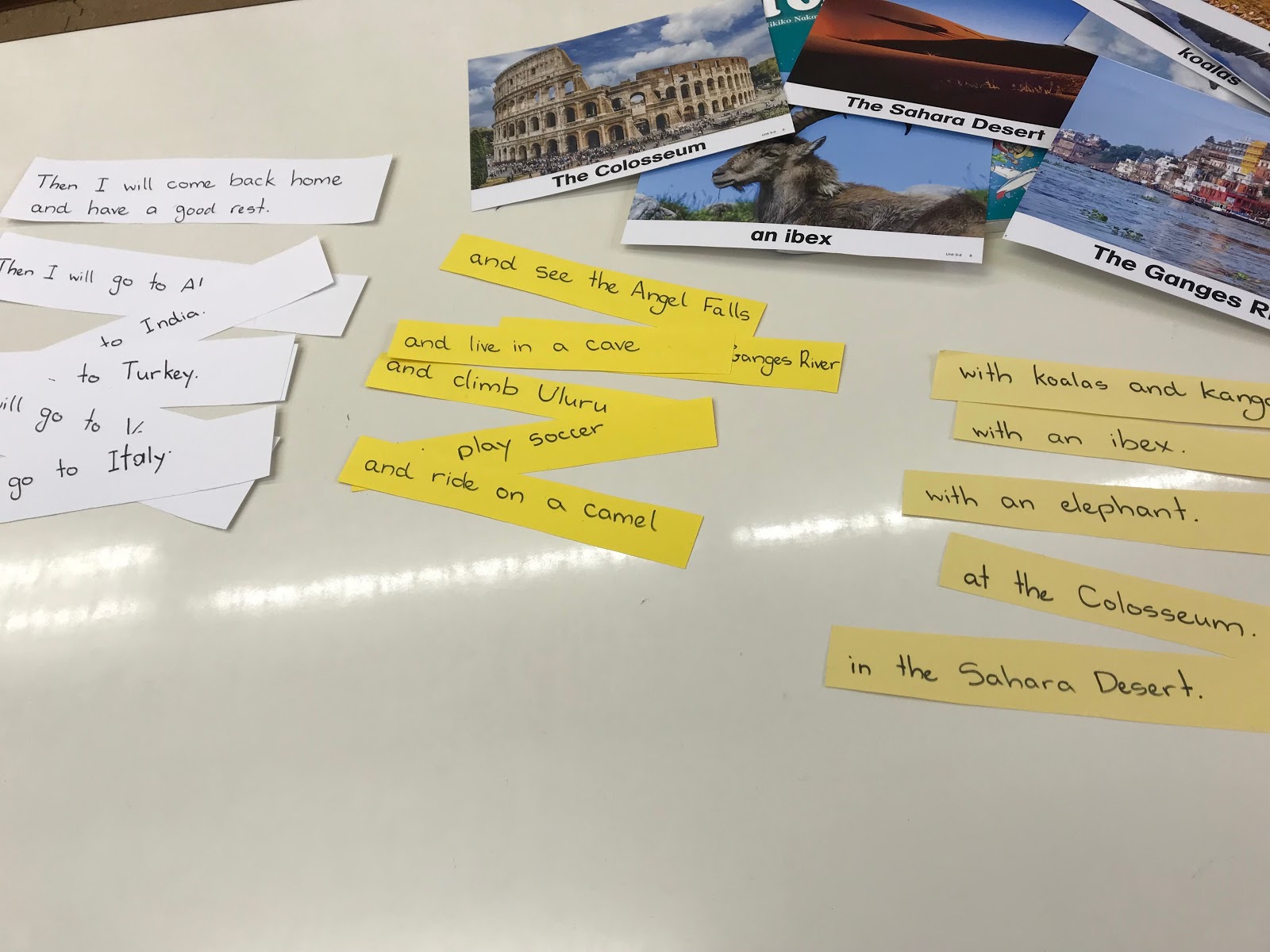

- 54. 10 Useful Pieces of Advice for Teaching with LEARNING WORLD #9 & 10
- 55. “Happy New Year!” “I don’t say that.”
- 53. Halloween 2019
- 52. READY Workbook Pg. 17
- 51. English-Uplift 1-Day Seminars
- 50. READY Workbook - vocabulary copying activity
- 49. 10 Useful Pieces of Advice for Teaching with LEARNING WORLD #8
- 48. 10 Useful Pieces of Advice for Teaching with LEARNING WORLD #7
- 47. 10 Useful Pieces of Advice for Teaching with LEARNING WORLD #6
- 46. 10 Useful Pieces of Advice for Teaching with LEARNING WORLD #5
- 45. 10 Useful Pieces of Advice for Teaching with LEARNING WORLD #4
- 44. 10 Useful Pieces of Advice for Teaching with LEARNING WORLD #3
- Kindergarten aged students
- Lower Elementary-school aged students
- Upper Elementary-school aged students
- Junior High and older students
- Others
35. Tomorrow Pg 18! A little at a time!!
Almost every activity that I bring to class is designed specifically to MAXIMIZE student output of English. Once students have traveled through the LEARNING WORLD series and have arrived at “TOMORROW” they will have a large background of English to access. If their learning experience has also given them a positive attitude towards using English, your activity can produce some interesting student output. An important strategy to produce student output is to present a large amount of material a little at a time.
In a class of 5 junior high students currently studying with TOMORROW, I recently did the following activity.
We first discussed the idea of a “plan”. We agreed that “a plan was a series of steps towards a goal.” We agreed that sometimes we all need to make plans. We also agreed that sometimes we all need to listen to other people’s plans, and give comments.
Using the whiteboard I explained that if we hear a plan that we think is good, we say “It’s a good plan!” and add a supporting comment (+1) If we hear a plan that we think is not so good, we say “It’s a nice plan…” and add a comment that begins with “But…”
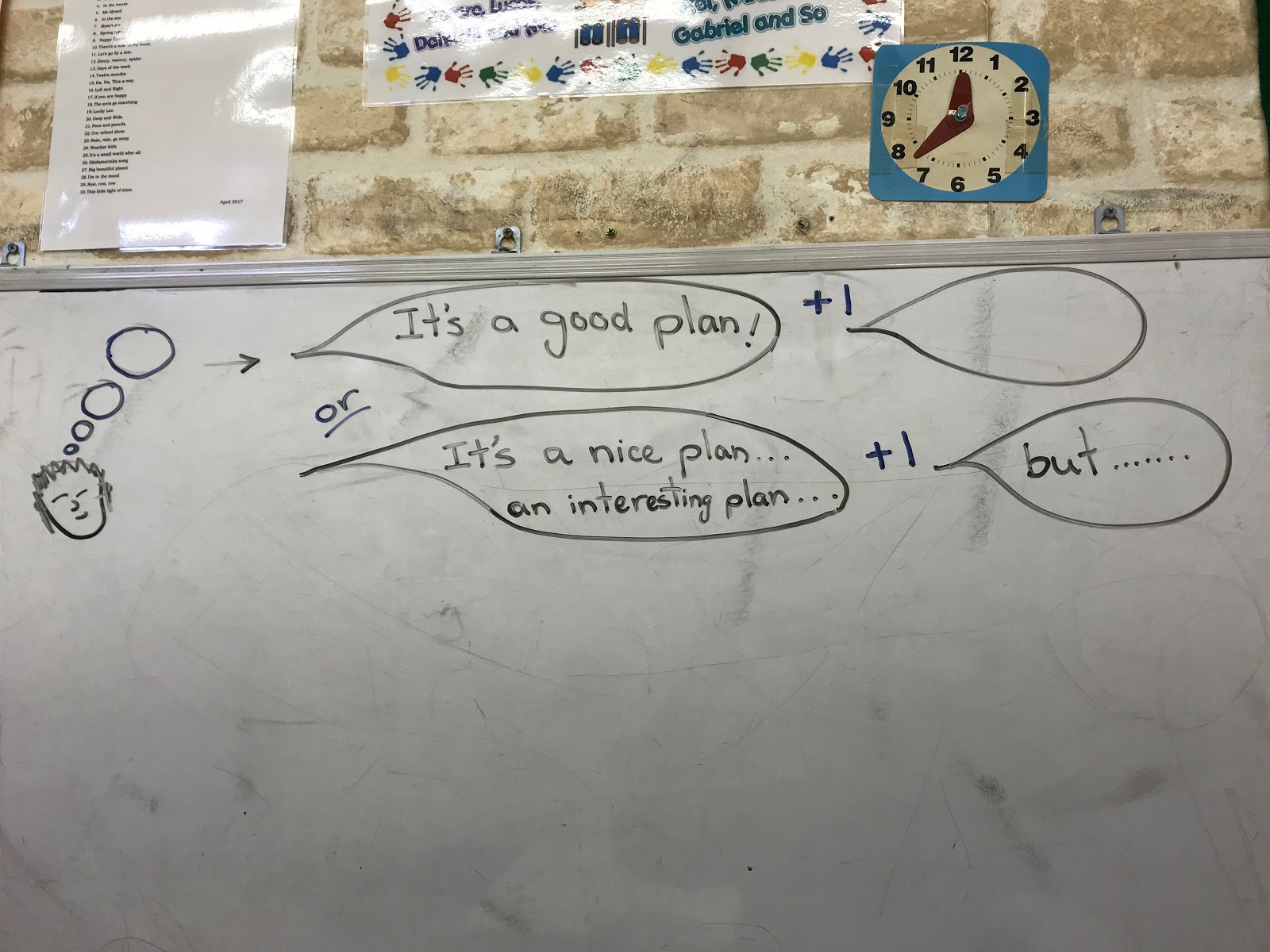
With that now clear, I told them “I want to travel around the world. Here is my plan.”
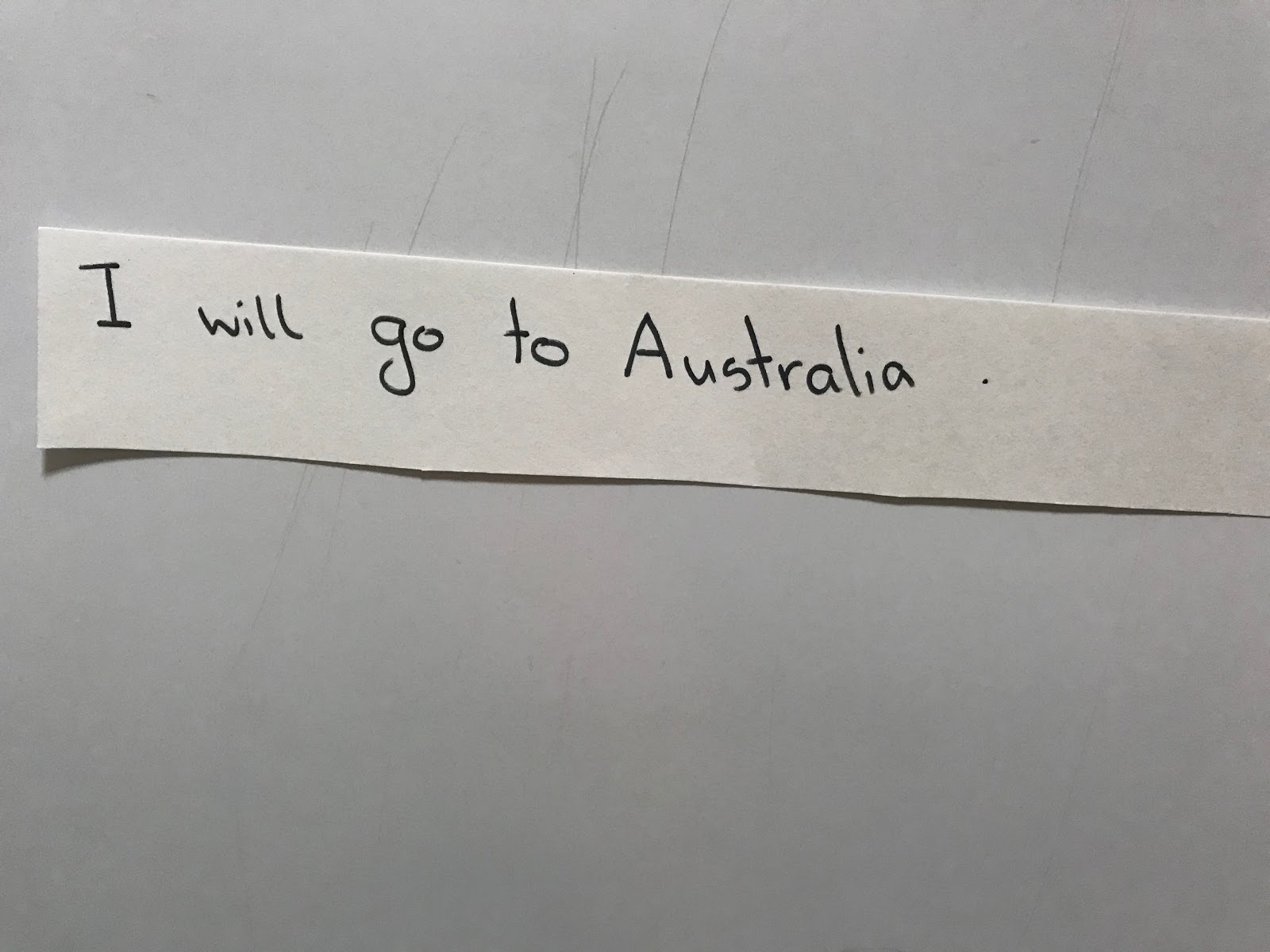
“l will go to Australia.”
The end.
The students quickly responded:
“It’s a nice plan… But… is that it?”
“It’s a nice plan… But… Australia only?” etc.
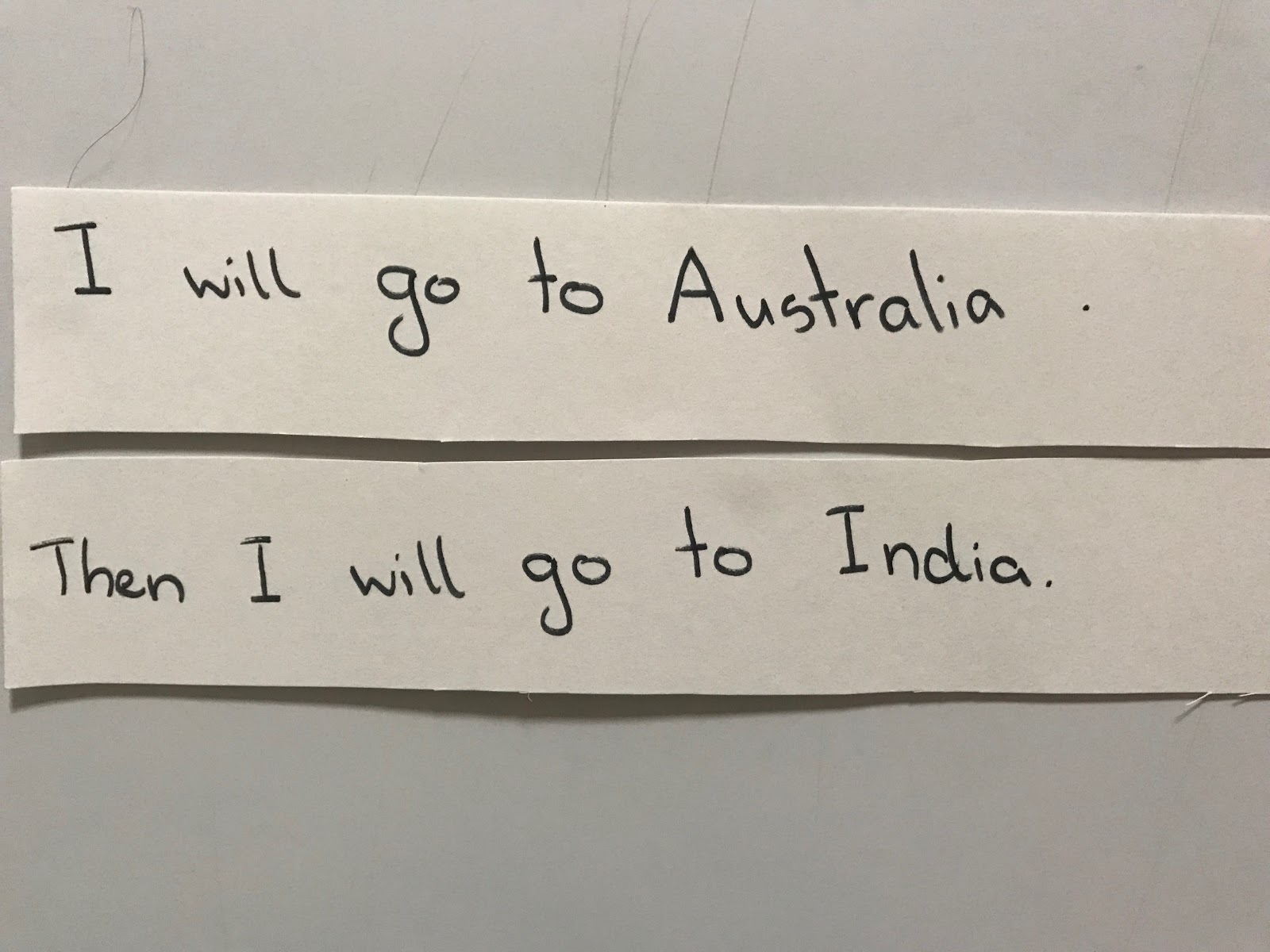
“I will go to Australia.
Then I will go to India.”
“It’s a nice plan… but only Australia and India?”
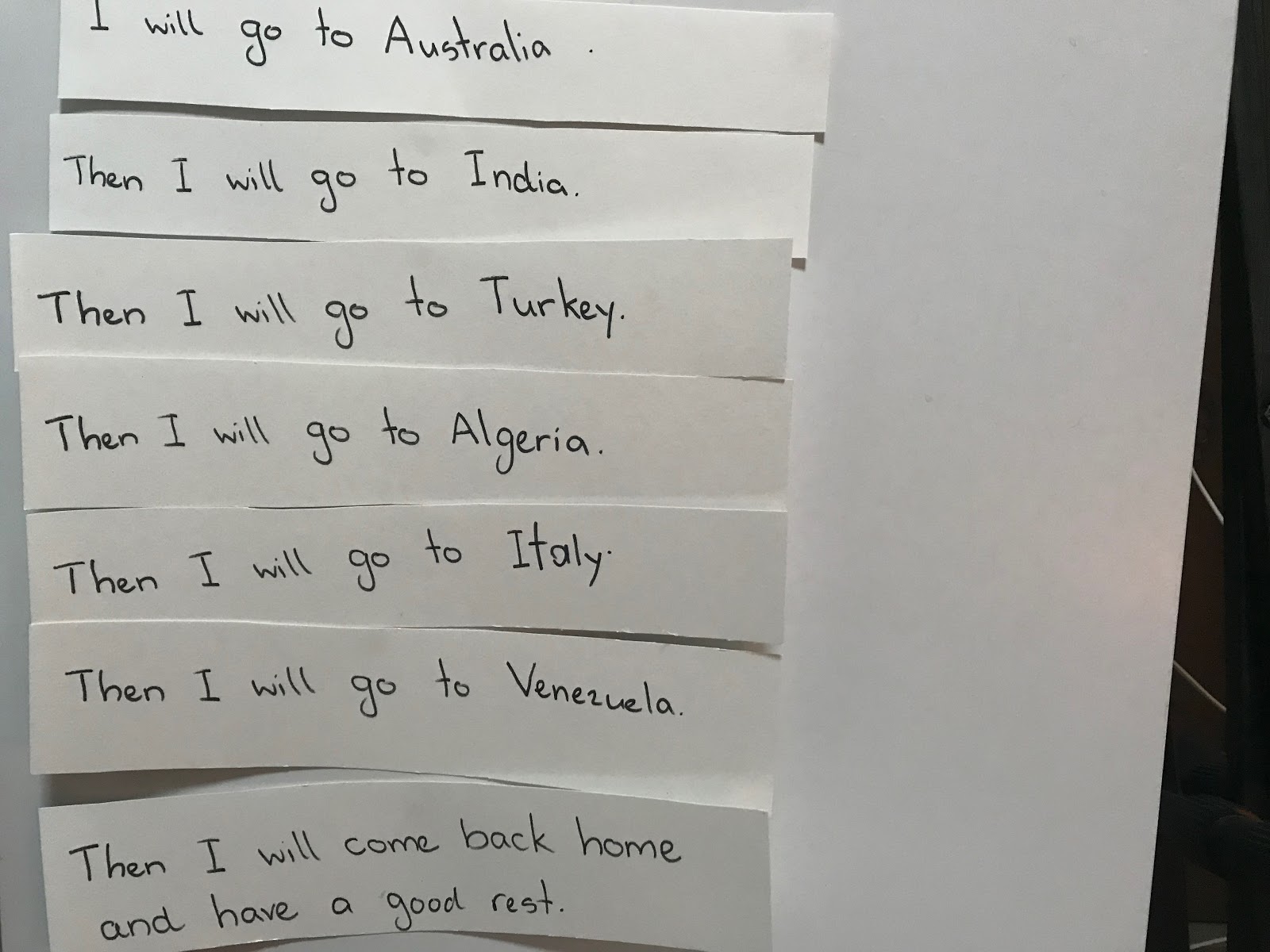
“It’s a good plan! Very busy!”
“It’s a good plan! I want to go too!”
However one student said “It’s a nice plan… But… why these countries?”
Another student added “It’s a nice plan… But… why this order?”
Another student added “It’s a nice plan… But how long will it take?”?
The first student then returned “It’s a nice plan… But… do you have money?”
One by one I began adding details to the plan. With a photo, I added “and see Angel Falls” to Venezuela.
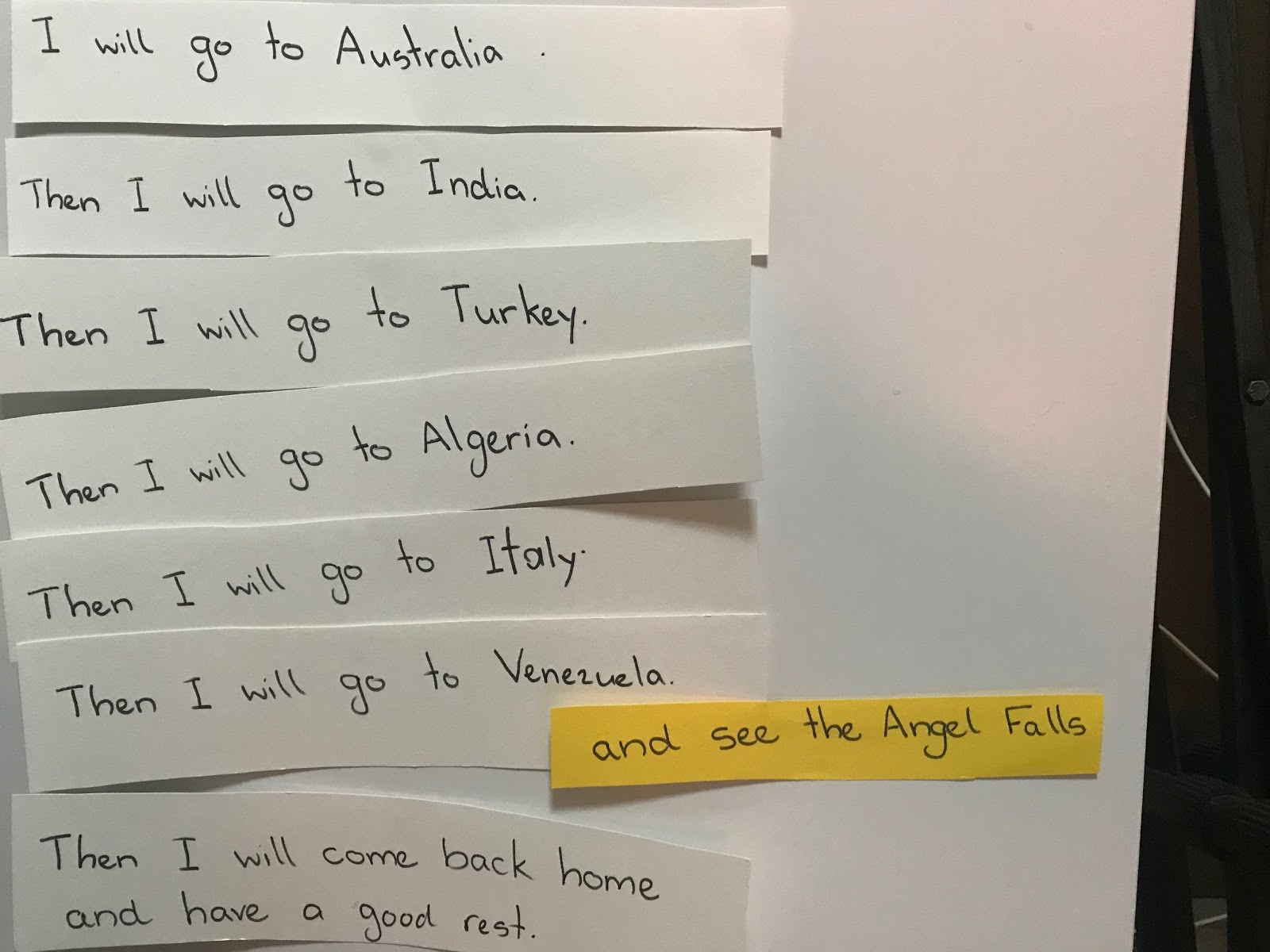
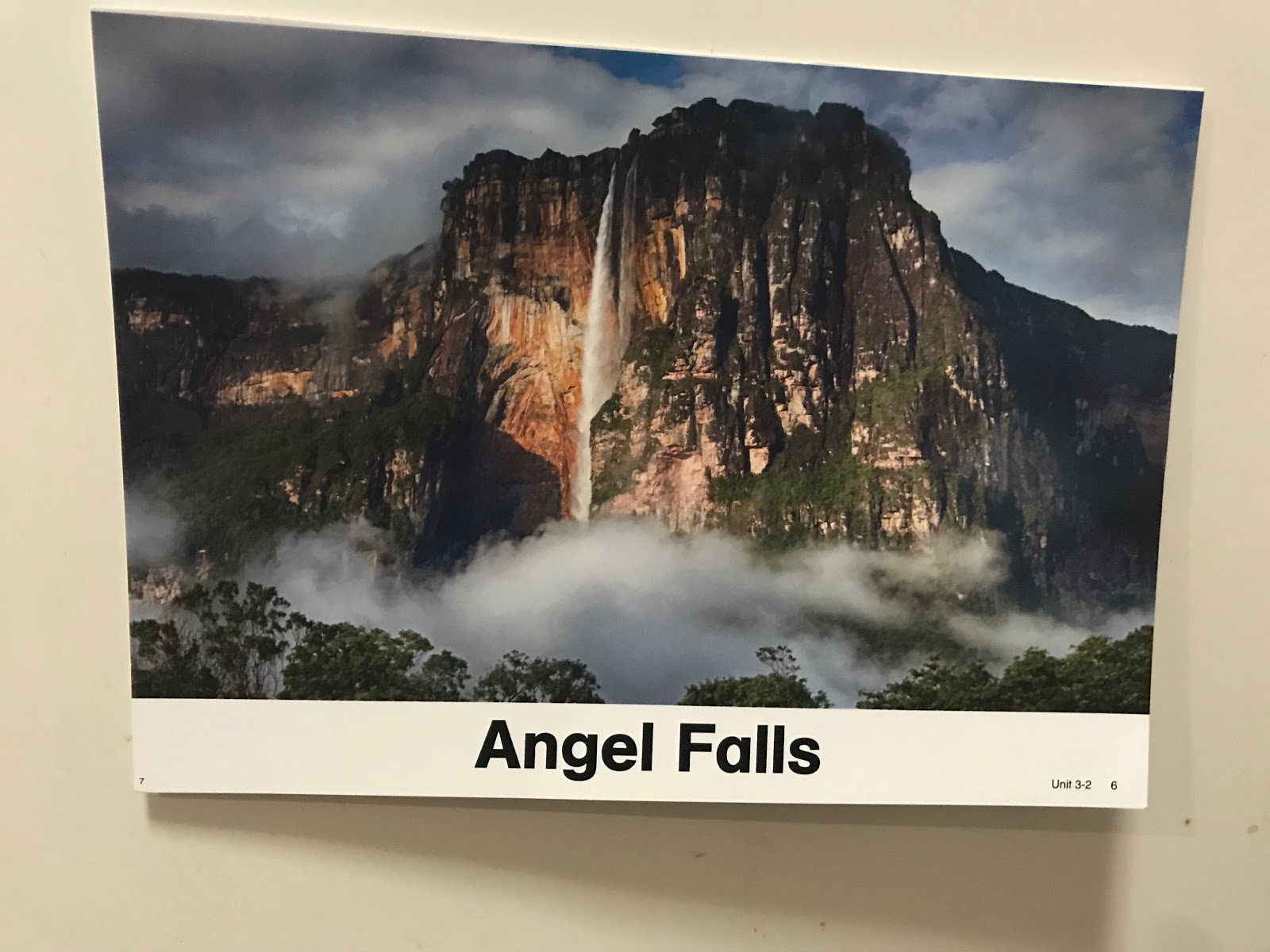
“It’s a good plan! It’s very beautiful!”
After some discussion, we put “and ride a camel” with Algeria.
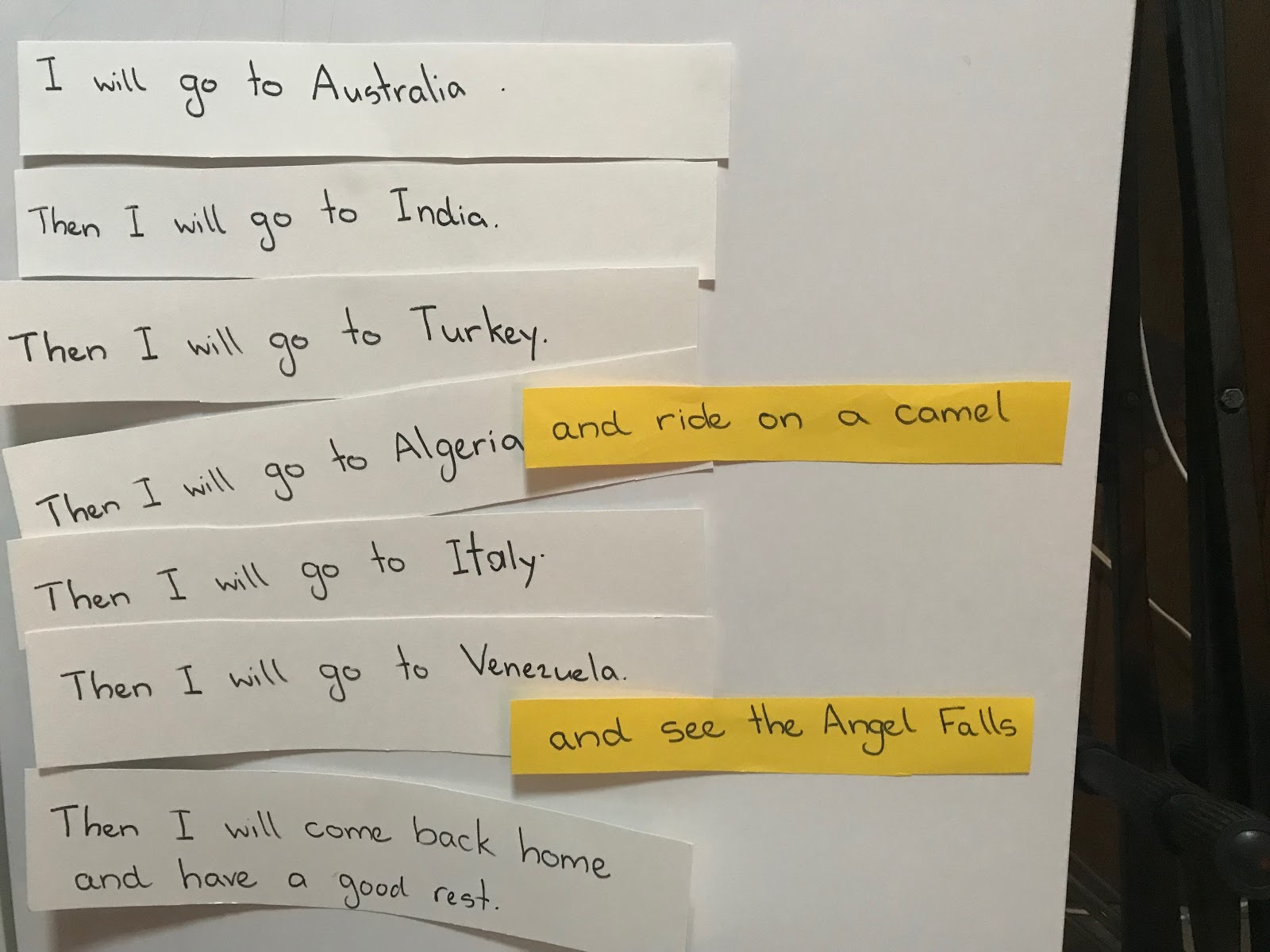
“It’s a nice plan… But… can you ride a camel?”
After some discussion and the picture we put “and climb Uluru” with Australia.
“It’s a nice plan… But… How will you climb it?”
“It’s a nice plan… But… maybe dangerous?”
After some discussion and the picture we put “and swim in the Ganges River” with India.
One smart boy said “It’s a nice plan… But you can’t swim here. This river is special.”
He’s totally right.
As the details were added, the students became very imaginative with their English on ways to discredit it: “It’s a nice plan… But…”
The plan in its entirety appears on page 18.
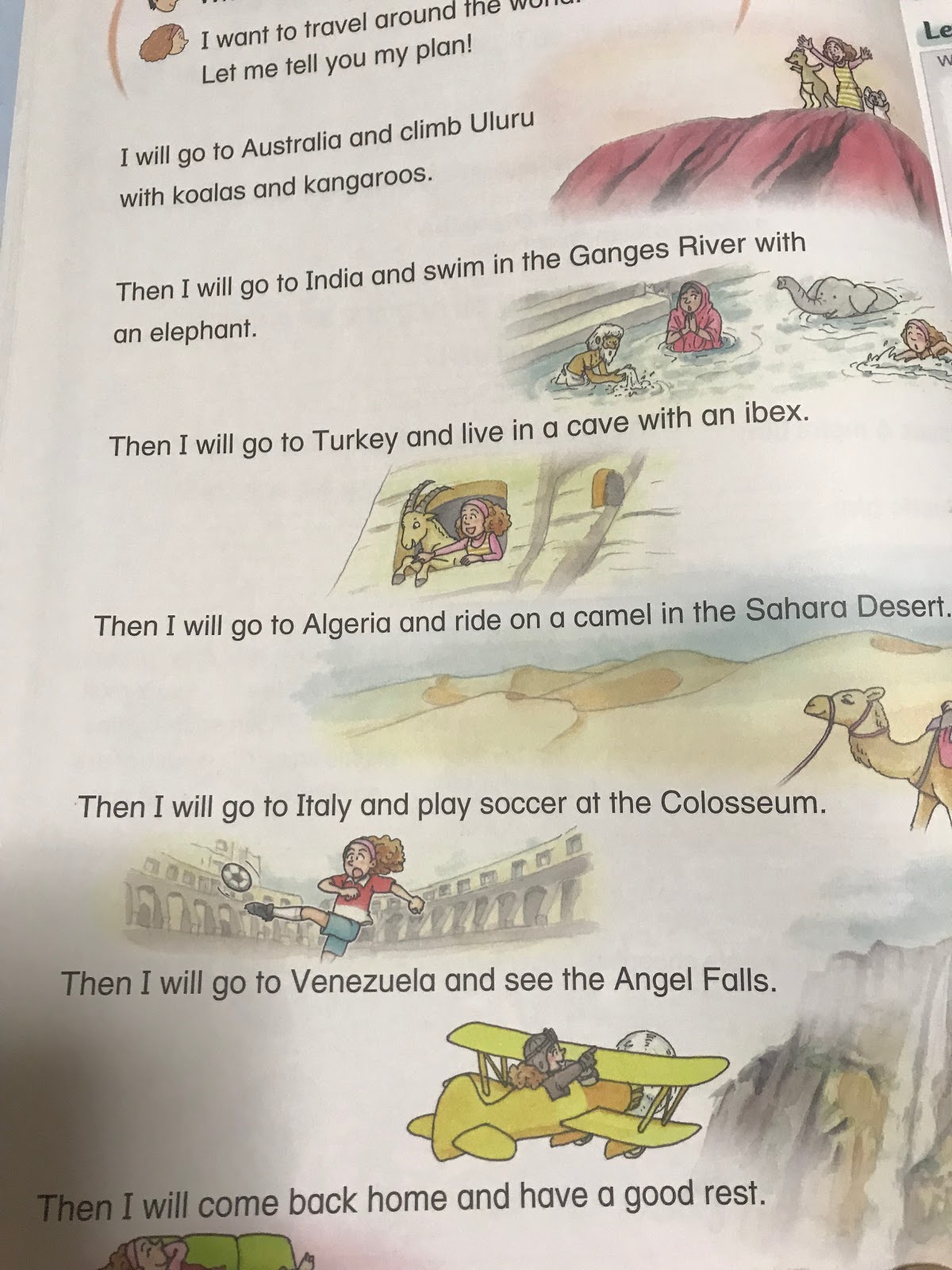
Because this material was presented a little at a time, the students were given the opportunity to use a lot of their own English as they analysed its detail. You can imagine the English that the students expressed in response to “climb Uluru with koalas and kangaroos” and “live in a cave with an ibex” and “play soccer in the Colosseum”!
For the teacher it involved some preparation, but the rewards in terms of student output are certainly worth it.
